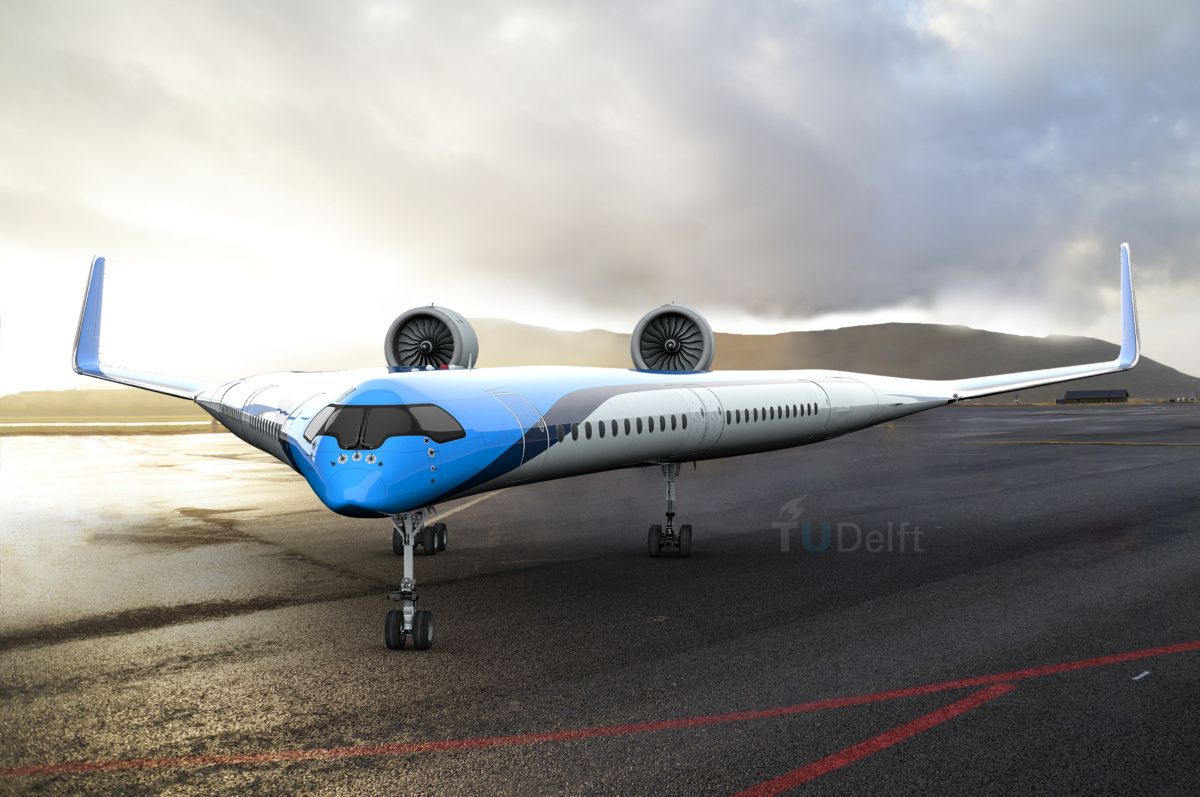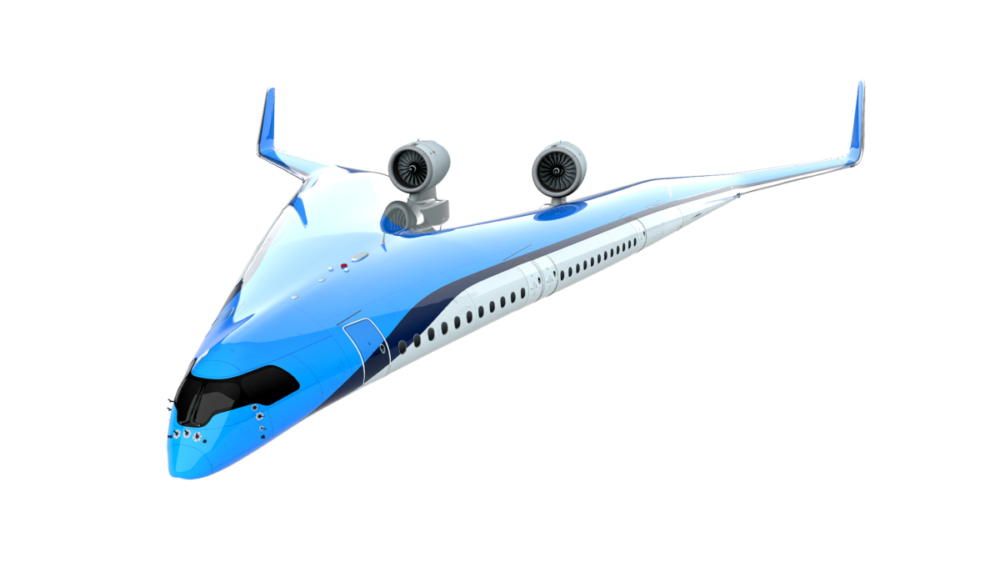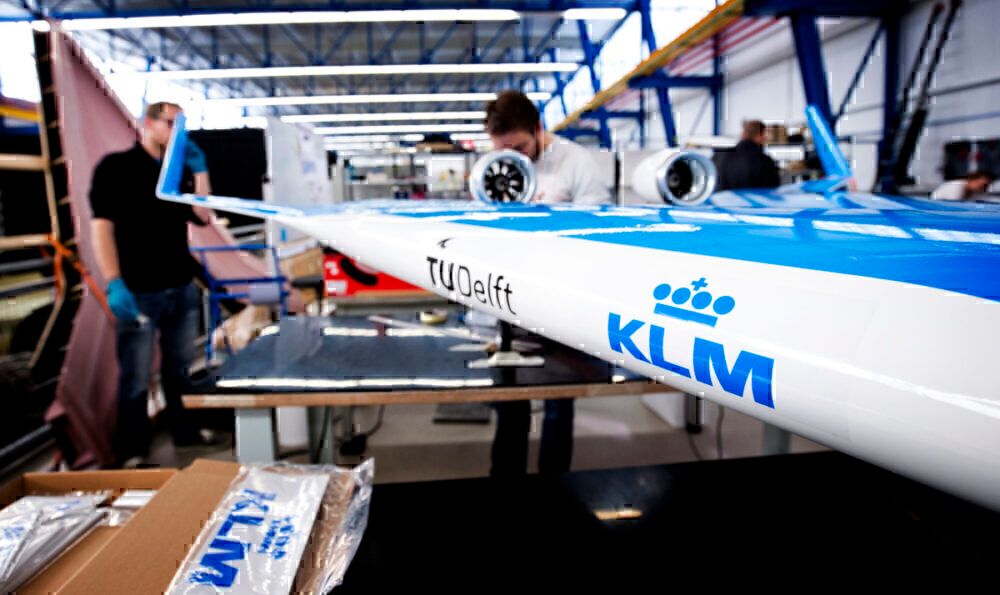In a press release issued on Tuesday, KLM revealed that the scale model prototype of the innovative Flying-V aircraft made its first flight last month. KLM and Delft University of Technology have been working together on the development for almost two years, and the successful maiden flight brings us a step closer to radical new passenger aircraft design.
Development of the Flying-V
KLM issued a press release on September 1, announcing that the scale prototype of its Flying-V had taken its first flight last month. A year and a half ago, KLM Royal Dutch Airlines and Delft University of Technology (TU Delft) unveiled their revolutionary Flying-V aircraft design. The prototype was presented for the first time in October 2019, appropriately during KLM's 100th anniversary.
Stay informed: Sign up for our daily aviation news digest.
The prototype has since been subjected to extensive wind tunnel and ground tests and was finally declared ready to take to the skies.
The Flying-V is designed to be an extremely energy-efficient long-haul plane. The fuel tanks, passenger cabin, and cargo hold are all integrated into its wing structure. The spectacular V-shape formed by the wings creates an improved aerodynamic shape and reduces the weight of the aircraft. Computer calculations predict that the plane will reduce fuel consumption by 20% compared to the most advanced aircraft flying today.
As the Flying-V was about to make its first flight, Pieter Elbers, President and CEO of KLM, said,
"We were very curious about the flight characteristics of the Flying-V. The design fits within our Fly Responsibly initiative, which stands for everything we are doing and will do to improve our sustainability. We want a sustainable future for aviation, and innovation is part of that. We are therefore very proud that we have been able to achieve this together in such a short period of time."
Flying-V makes its maiden flight
At an airbase in Germany last month, a team of engineers, researchers, and a TU Delft drone pilot gathered for the first test flight. According to TU Delft, the scale model weighs 22.5 kg (50 lb) and has a length of 2.76 m (9.05ft) and a wingspan of 3.06 m (10 ft). It's fitted with two 4 kW "ducted fan" engines, a drone control system, and 6 kg of lithium-polymer batteries.
The goals of the test flight were to show that the prototype could take off and land safely, and perform sustained flight involving a number of maneuvers. The team was able to gather a great deal of flight data that enables them to calculate what adaptations may need to be made as they prepare the aircraft for new flight tests.
Test flight results
The maiden flight of the scale prototype was a success, but the team found a couple of issues that will be adjusted for future flights. For example, the aircraft's center of gravity was a little too much to the rear, meaning the landing gear needs to be placed a little further forward. The plane also experienced wobbling, which made it challenging to keep the wings level and caused a rather rough landing. The data will be used to correct the instability.
As the team moves forward with the development, they will also be exploring alternative and sustainable methods of propulsion, possibly with liquid hydrogen.
Are you excited by this advancement in aircraft design?



